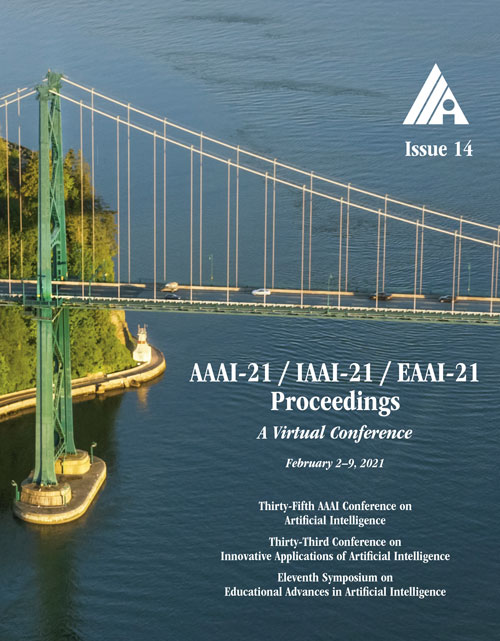Encoder-Decoder Based Unified Semantic Role Labeling with Label-Aware Syntax
DOI:
https://doi.org/10.1609/aaai.v35i14.17514Keywords:
Syntax -- Tagging, Chunking & ParsingAbstract
Currently the unified semantic role labeling (SRL) that achieves predicate identification and argument role labeling in an end-to-end manner has received growing interests. Recent works show that leveraging the syntax knowledge significantly enhances the SRL performances. In this paper, we investigate a novel unified SRL framework based on the sequence-to-sequence architecture with double enhancement in both the encoder and decoder sides. In the encoder side, we propose a novel label-aware graph convolutional network (LA-GCN) to encode both the syntactic dependent arcs and labels into BERT-based word representations. In the decoder side, we creatively design a pointer-network-based model for detecting predicates, arguments and roles jointly. Our pointer-net decoder is able to make decisions by consulting all the input elements in a global view, and meanwhile it is syntactic-aware by incorporating the syntax information from LA-GCN. Besides, a high-order interacted attention is introduced into the decoder for leveraging previously recognized triplets to help the current decision. Empirical experiments show that our framework significantly outperforms all existing graph-based methods on the CoNLL09 and Universal Proposition Bank datasets. In-depth analysis demonstrates that our model can effectively capture the correlations between syntactic and SRL structures.Downloads
Published
2021-05-18
How to Cite
Fei, H., Li, F., Li, B., & Ji, D. (2021). Encoder-Decoder Based Unified Semantic Role Labeling with Label-Aware Syntax. Proceedings of the AAAI Conference on Artificial Intelligence, 35(14), 12794-12802. https://doi.org/10.1609/aaai.v35i14.17514
Issue
Section
AAAI Technical Track on Speech and Natural Language Processing I

